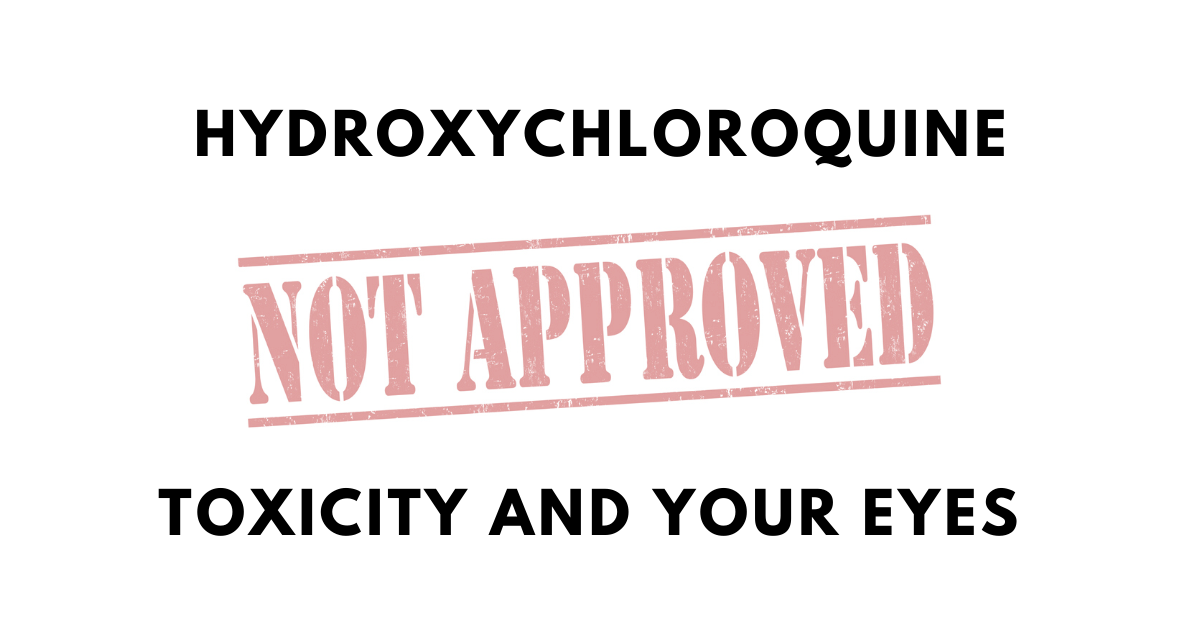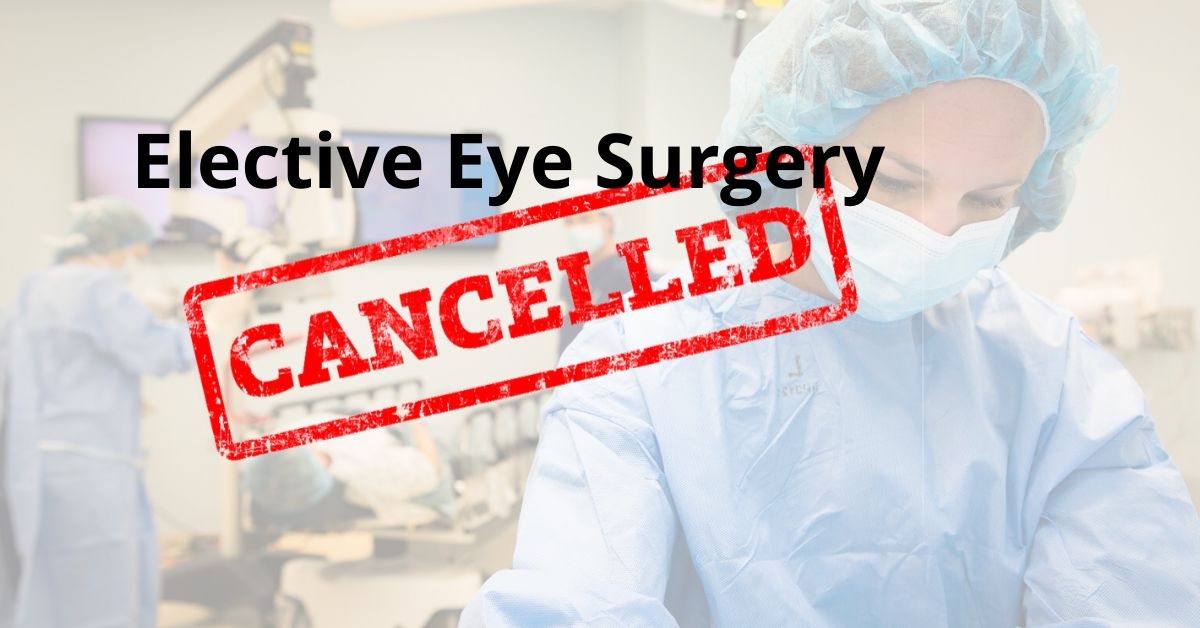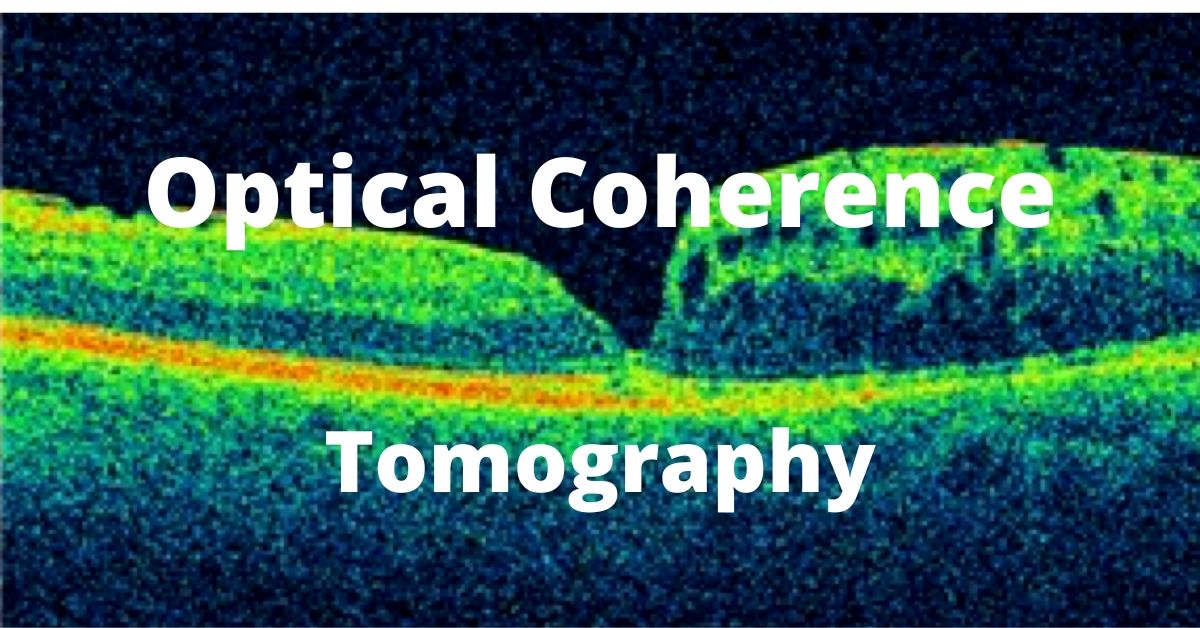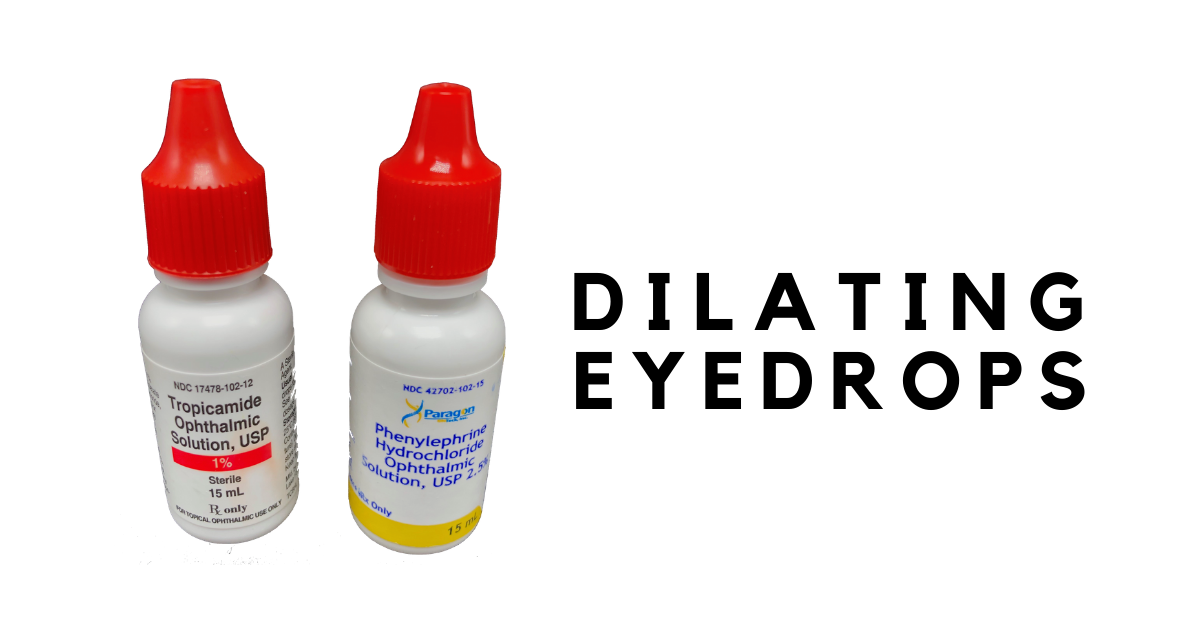Legal blindness is a legal definition that is used to refer to patients with vision loss who qualify for government assistance. This is not total blindness.
Legal blindness is defined as a patient’s best visual acuity (aka best corrected) in either eye is 20/200 or less or the size of the visual field (peripheral vision) is less than 20 degrees. In other words, if both eyes do not see well, the vision is no better than 20/200 in better seeing eye.
“Best corrected” refers to the use of the best corrective lens/contact lens for the patient.
A central visual acuity of 20/200 or worse means that a legally blind person must be 20 feet away from an object to see what a “normal” person can see from 200 feet away.
Loss of peripheral vision can also qualify as legal blindness. Most patients normal peripheral vision can see at least 140 degrees without turning the head. Legally blind peripheral vision is less than 20 degrees.
Causes of Legal Blindness
- Age-related macular degeneration (ARMD) is one of the leading causes of legal blindness in Americans aged 60 and older. ARMD affects the macula (functional center of the retina) and therefore decreases central vision.
- Cataracts will affect almost everyone by the age of 80. Cataracts blur both central and peripheral vision (though reversible with cataract surgery).
- Diabetic retinopathy is another leading cause of blindness and affects the blood vessels in the back of the retina. Diabetic retinopathy causes either blurring of the central vision (most common), but can affect peripheral vision, too.
- Glaucoma is a progressive disease that damages the optic nerve. Glaucoma primarily causes visual field loss and, only in the late stages, affects central vision.
NOTE: All of the disease described above have available treatments which, in most cases, can preserve vision or slow down progression if diagnosed timely.
Low Vision Aids
May low-vision aids and devices are available to assist individuals who are legally blind. Both near and distance vision can be improved with low-vision aids.
For example, desktop, stand-alone and hand-held magnifiers are available. These may be helpful for close range work such as reading or computer use. Prices vary up to several hundred dollars.
Wearable devices that magnify are also available. Mounted binoculars, wearable HD autofocus cameras with TV viewing and electronic headsets with built-in cameras can help patients with central and peripheral vision loss. Prices vary up to several thousand dollars.
Resources
There are many governmental and non-governmental resources for those who are legally blind.
For example, the American Foundation for the Blind (AFB) can assist those with low-vision. Founded in 1921, the AFB ensures that patients who are blind, legally blind or otherwise visually impaired have access to educational materails, technology and legal information.
Here are additional resources that help blind, legal blindness and visually impaired.
Low Vision Evaluation
If you feel you suffer from legal blindness or need more information, a low-vision examination is the first place to start. Eye doctors specializing in low vision can advise and educate you about the best low-vision aids for your specific visual needs.
If you would like to schedule an appointment, please call us (877) 245.2020.






